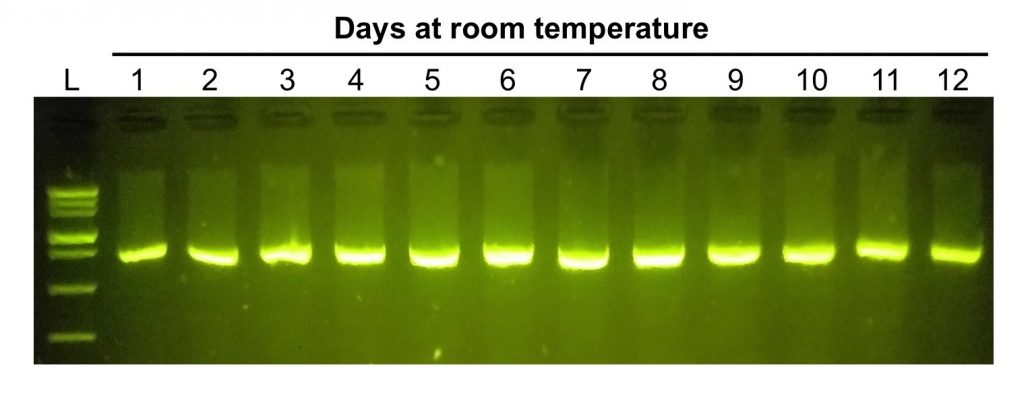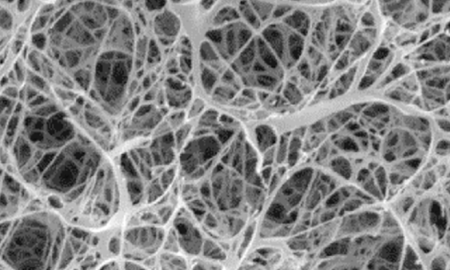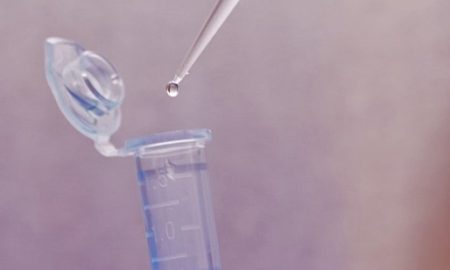Debunking the 4 degree myth: PCR can be left at room temperature overnight
(. . . and much longer!)
Myth: PCR product needs to be refrigerated if left overnight in the thermal cycler
Truth #1: DNA will be stable for days, even weeks inside a PCR tube
Truth #2: Extended cold holds will reduce your PCR machine’s lifetime
Many scientists and other PCR users believe that samples need to be refrigerated immediately after thermal cycling finishes. This results in many users waiting for the reactions to finish so that they can place the tubes in a fridge or freezer, or programming thermal cyclers with an ‘infinite’ 4˚C hold.
Waiting for a reaction to finish can be inconvenient, and leaving a thermal cycler cooling overnight can severely reduce its useful life.
We decided to explore this issue.
So, do samples really need to be refrigerated immediately after PCR?
The answer is NO. If amplification is successful, the DNA in the tubes will be stable for a long time. We did a simple experiment to confirm this. We amplified a 800 base pair fragment using EZ PCR Master Mix. The amplicon corresponded to a DNA control for a miniPCR Learning Lab. For 12 replicate tubes, we ran 25 PCR cycles in a miniPCR and following cycling, we left the 12 tubes at room temperature, freezing replicates once a day for 12 consecutive days.
Results analyzed by DNA gel electrophoresis are shown in the figure below. The verdict is clear. PCR product will not degrade when left at room temperature overnight, or even for 12 days.

In the same figure, there is another example of the stability of DNA: ladders used as molecular weight markers in gel electrophoresis, such as the 100 bp ladder shown above, can also be left out at room temperature for months without noticeable DNA degradation (the ladder in the figure had been at ambient temperature for over 90 days before this run). DNA ladders are often composed of fragments amplified by PCR.
Reasons not to leave your thermal cycler cooling all night
Most thermal cyclers in the market heat and cool using ‘Peltier’ or thermoelectric cooling elements. While this is a great technology, thermoelectric elements are notorious for failing under heavy use and are fragile, especially prone to breakage during transportation. Peltier elements have a finite lifetime and every moment a thermocycler is left on counts towards that lifespan. Consistently leaving a PCR machine cooling overnight can reduce its lifetime by 10-fold1, so turn off the machine next time you are doing PCR (if you are a miniPCR user, you don’t need to worry about this as it does not use Peltier elements and the unit will auto shut-off after cycling. We will discuss advantages of NOT using Peltier in an upcoming post).
One more thing to worry about: condensation with “cold hold”
One other thing. Holds at 4-10 degrees can cause air moisture to condense on the metal block that holds PCR samples. After a long cold hold you may notice that the block will appear “sweaty” or beaded up with moisture. This condensation can damage the block over the long run, and if water finds its way to the underside of the block, it may drip into the electrical components causing electrical malfunction.
Corollary: DNA has evolved to be a very boring (stable) molecule
After all, the DNA double helix has evolved to preserve our genetic information. Paleontologists amplify ancient DNA from bones deposited 50,000 years ago, and forensic scientists routinely collect DNA evidence from messy crime scenes. If we can study DNA from samples that have been out in the environment for hundreds and even thousands of years, it is to be expected that our PCR bands will survive one night at room temperature. So give your thermal cycler a break and have a good night’s sleep knowing your samples are safe.
———
1Based on thermal cycling for 90 minutes and overnight (15 hours) cooling.
Related resources
- miniPCR thermal cyclers
- Questions about PCR? Contact our 24/7 support team: support@minipcr.com
- Getting started with PCR? Visit the miniPCR Store










